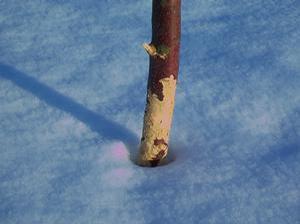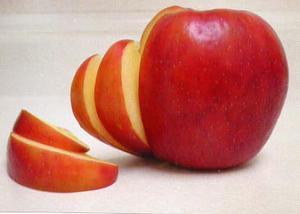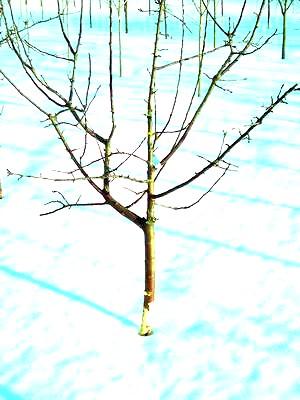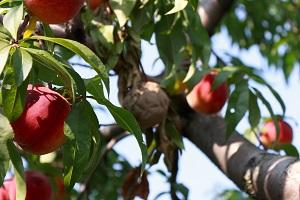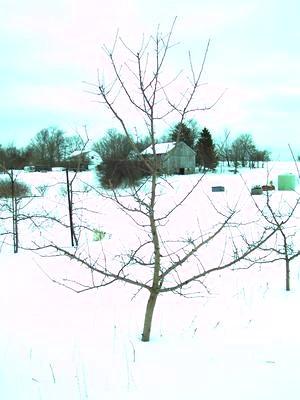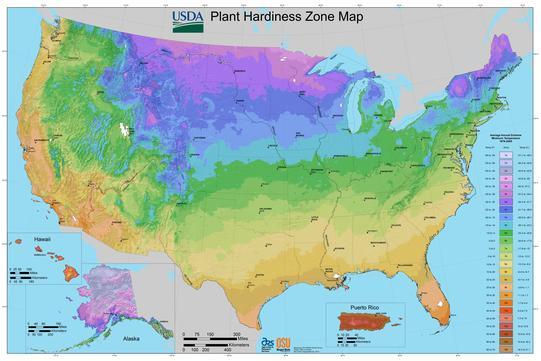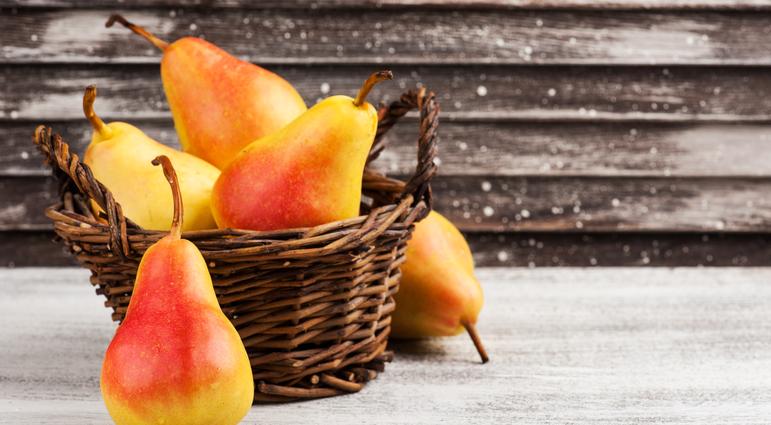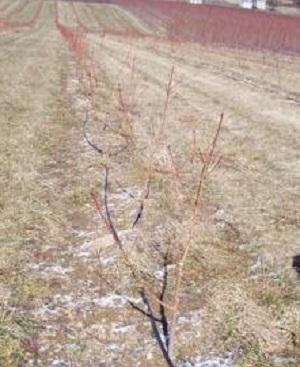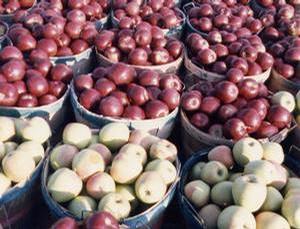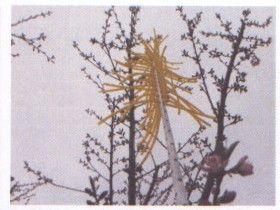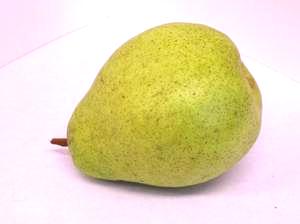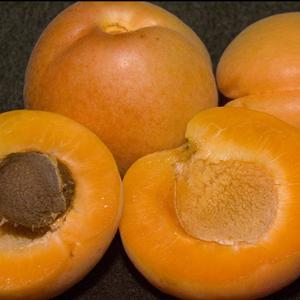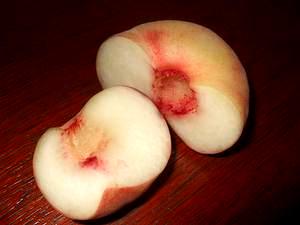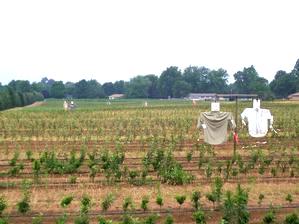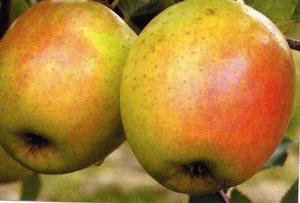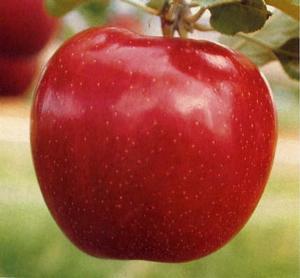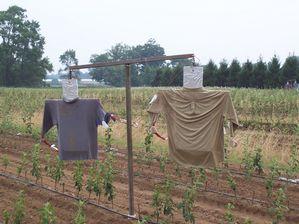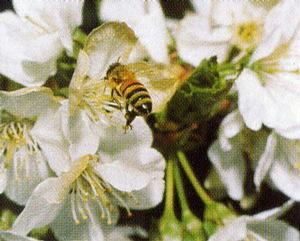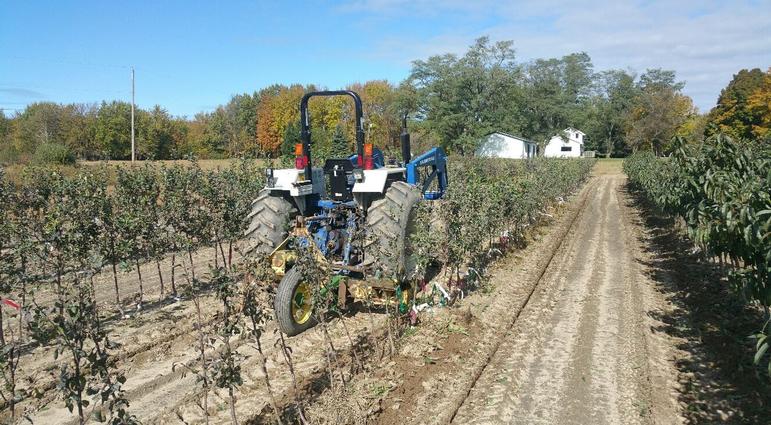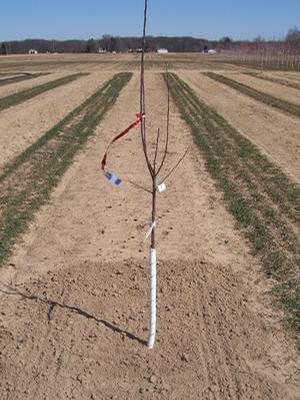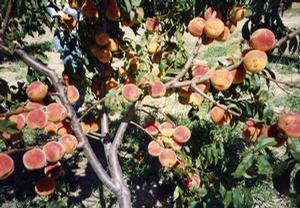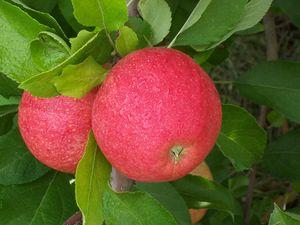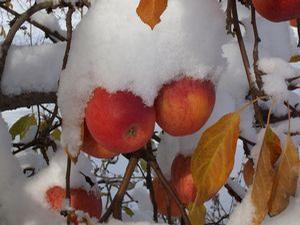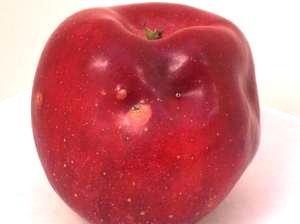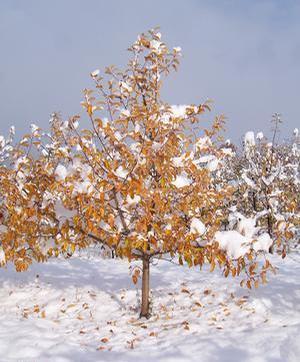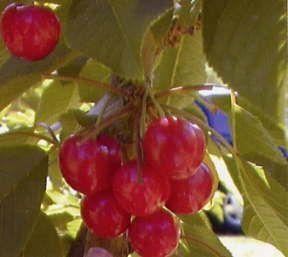Don't Let Your Trees Get Eaten
- by Grandpa's Orchard
- Oct 21, 2025
Variety Feature: Honeycrisp Apple
- by Grandpa's Orchard
- Oct 21, 2025
Pruning Is a Balance of Art and Science
- by Grandpa's Orchard
- Feb 18, 2025
Micro-Climates and Hardiness Zones
- by Grandpa's Orchard
- Jan 16, 2025
Variety Feature: Harrow Sweet Pear
- by Grandpa's Orchard
- Oct 01, 2022
Beginners: How Fruit Trees Come Out of Dormancy
- by Grandpa's Orchard
- Mar 01, 2022
Growing Your Orchard into a Business
- by Grandpa's Orchard
- Mar 01, 2022
The "Cinch" Blossom Thinner
- by Grandpa's Orchard
- Mar 01, 2022
Variety Feature: Kieffer Pears
- by Grandpa's Orchard
- Nov 01, 2021
Pluots, Apriums, Plumcots, Apriplums
- by Grandpa's Orchard
- Oct 01, 2021
White-Fleshed Peaches
- by Grandpa's Orchard
- Jul 01, 2021
"Scarecrows" Work on Deer Too!
- by Grandpa's Orchard
- Jul 01, 2021
Controlling Scab in Apples
- by Grandpa's Orchard
- Jun 01, 2021
Variety Feature: Jonagold Apple
- by Grandpa's Orchard
- Jun 01, 2021
GMO vs. Inter-Specific Hybrids
- by Grandpa's Orchard
- May 01, 2021
What Can Be Done About the Bees?
- by Grandpa's Orchard
- May 01, 2021
How Grandpa Harvests and Stores Fruit Trees
- by Grandpa's Orchard
- May 01, 2021
What Makes an Heirloom an Heirloom?
- by Grandpa's Orchard
- May 01, 2021
Swaying in the Wind
- by Grandpa's Orchard
- Apr 01, 2021
Cleaning Up the Orchard
- by Grandpa's Orchard
- Feb 01, 2021
Winterizing Concerns
- by Grandpa's Orchard
- Jan 01, 2021
Selecting Varieties for Organic Production
- by Grandpa's Orchard
- Dec 01, 2020
Overwintering Fruit Trees
- by Grandpa's Orchard
- Dec 01, 2020
The Oldies But Goodies
- by Grandpa's Orchard
- Nov 01, 2020
